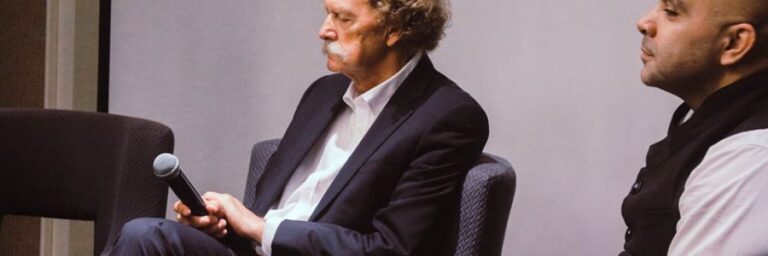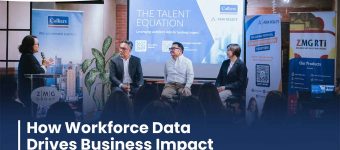Last November 23, 2017, the second ever Philippine executive forum was conducted in the Makati Diamond Residences Hotel. Presidents, CEOs, directors, and other key individuals were invited to share their thoughts and ideas on recent breakthroughs and changes.
To ensure that the forum was well-guided, respected thought leaders guided the overall discussion. These individuals are:
Brad Geiser, the co-founder of GeiserMaclang Marketing Communications Inc., Dan Mayer, the president and founder of Decision Making, Analytics, & Intelligence Philippines (DMAIPH) and Paddy Miller, a professor of Managing People in Organizations at IESE.
Augmentative vs Transformative Approach
For the first speaker, Brad Geiser, he discussed the differences between Augmentative vs Transformative businesses. He stated that augmentative companies do more of internal conversations in regards to innovation whereas transformative takes the discussion outside their company. Numerous companies in the Philippines use the augmentative model, which actually is the reason why the progression of these companies can be rather slow.
He concludes by saying that if you present to those in your company that an outside body is actually pointing out the improvements the company itself needs, the ones working for the company will exponentially start working harder to improve the internal processes of the organization.
Why Data is Important and How to Use it Effectively
After Brad, Daniel Mayer took center stage to discuss the proper way to use data and technology. First and foremost, he states that numerous Filipino’s need to understand what data analytics is then start up skilling their employees towards it. This includes those in the HR team; so that those employed actually fit the position they’re filling.
To follow, he discusses how to properly use data and the uses of data – particularly for HR personnel. He states that those working in HR should actively pursue and learn data because understanding this will help the employee further understand the current issues of the company management and staff which eventually will lead to creating solutions to address these issues. He ends his talk by further emphasizing that while he loves the Philippines, we are very much behind when it comes to data comprehension and active effort is needed to be able to curve this skill gap.
The Elements of Sustaining Innovation
For the last portion, Paddy Miller took over the conversation. He stated that it took five (5) things to ensure that innovation would continue taking place. First was to avoid disconnection. He stated that as time passed, productivity and innovation decreased while CEO salary increased. While he didn’t suggest that CEO salary should be cut, he stated that their complacency should be addressed.
The second thing that challenges innovation is complexity. He shares that the more complex the structure of a company is, the less likely it would be inclined to enjoy innovation. In his talk, he used Kodak as proof. Their company created the digital camera but failed to capitalize on it since the organization as a whole chose to embrace film.
Another point he brought across was how companies perceive innovation as big and quick. He retorted by saying that innovation takes perfectionism and time. Innovation is a process you need to stick to and it’s all about not being okay with “okay”. This repetitive process isn’t as simple as adding another blade to your razor, in fact, those kinds of innovations he believes are all bluster.
Looking at the Past for the Future
In line with this, he pointed out innovation as also looking at the past. There are numerous technologies that were developed in the past but aren’t being used or are ineffectively used today. He used the caster wheel being placed on luggage as a reference.
Today, it’s common to see caster wheels on luggage, but the first time this type of wheel, which was first created as far back as 1876, started appearing on suitcases was round the 1970s. After a few decades, only then did suitcases start appearing with caster wheels. He further emphasized that there are numerous points in time where people can innovate, but fail to seize the chance because they aren’t looking properly at what they are doing as innovation.
He uses that point to emphasize the final part of his discussion. True innovators need to stop looking at the future, since it’s near impossible to predict the future, but instead look at what’s already been made and find ways to improve on it.
To conclude his overall discussion, he shares that innovation should never be forced. It isn’t easy to sway people towards your idea, no matter how “good” you may think it is. In essence, to truly be innovative you need to be perfectionistic towards your ideas and combat complacency.







